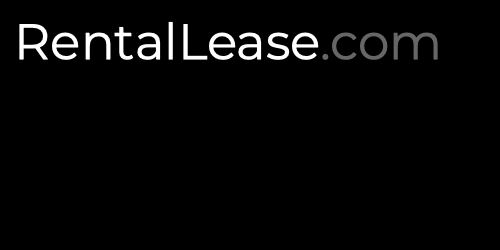Maryland Standard Residential Lease Agreement Template
Try Other Programs
The Georgia Sublease Agreement is a common form among college students and individuals who are not able to rent residential space on their own. The original tenant of a rental property, called the sublessor, forms an agreement with an individual (the sublessee) to rent some or all of their space. All of the liability falls on the sublessor, meaning if the sublessee does not make monthly payments or damages the property in any way, the sublessor has to compensate the…
An Alaska Sublease Agreement allows the tenant of a property (called the “Sublessor”) to lease out the currently rented property to another potential tenant (called the “Sublessee”). The sublessee does not directly pay the landlord but pays the sublessor, who in turn delivers the payment to the landlord. This situation is common for college students or for individuals that want to lessen the burden of their monthly payments by acquiring a roommate. It is highly recommended that the sublessor do…
The Florida Sublease Agreement allows the current tenant of a rental property to lease out a portion or all of the residence to a sublessee in exchange for monthly rent. The master tenant will still bear the entirety of the responsibility with regard to the property maintenance and rental payments to the landlord. It is wise to screen sublessees with a rental application for this reason. Befallow. ore a tenant commits to a sublessee, they should check in with their landlord…
The Maryland month-to-month rental agreement, or “tenancy at will,” is for a landlord-tenant relationship that has no specific end date and continues as long as the lessee pays rent. This type of arrangement is often used for temporary residents, contract workers, travelers, and other individuals who cannot commit to a longer-term contract. Even though the tenant is renting for what may be a short-term period, the eviction laws in Maryland remain the same for all types of residences. Therefore, the…
The Maryland eviction notice allows for a landlord to inform a tenant that they are late on their rent and are instructed to pay the sum owed or move out. This form is given as a courtesy on behalf of the property manager/owner as they are legally able to file an eviction with the court in their jurisdiction the moment that rent is late. A landlord must give the tenant ten (10) days’ notice to pay or face action in…





